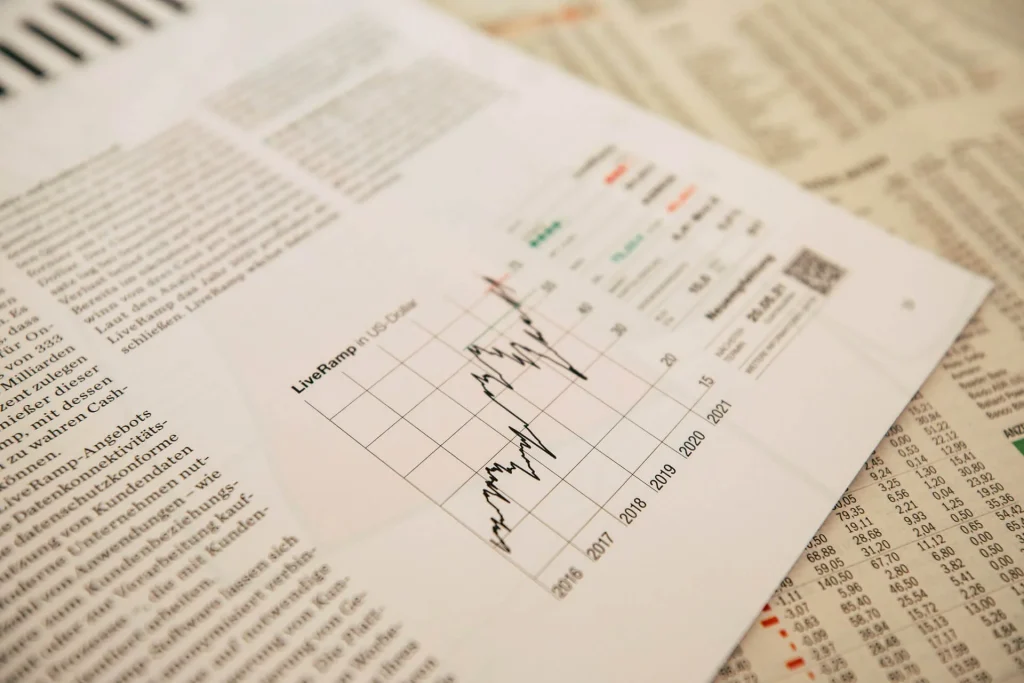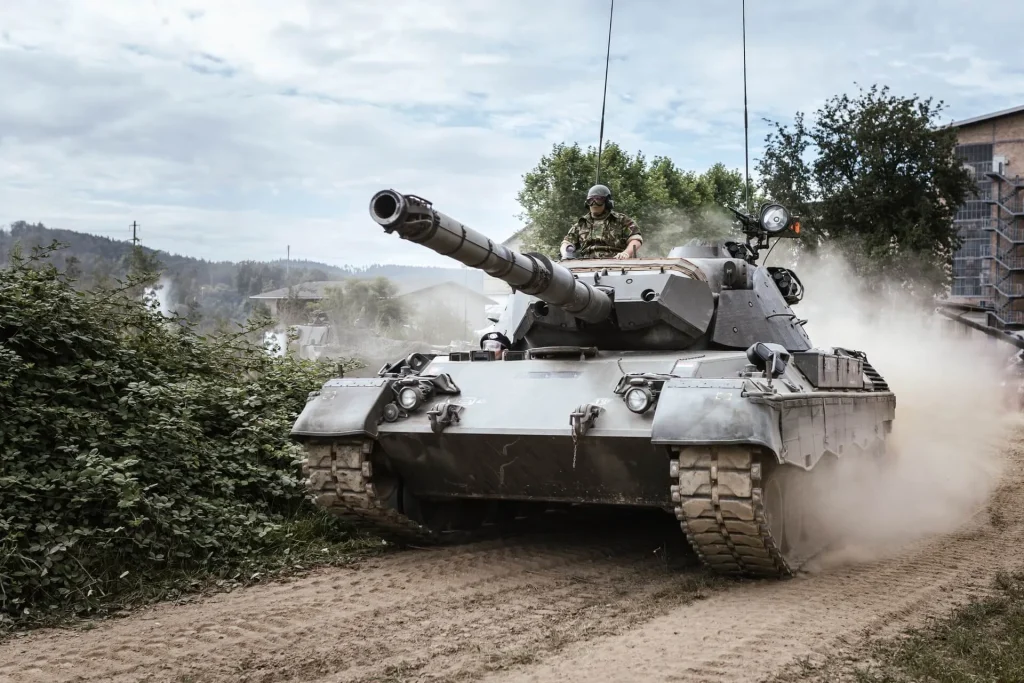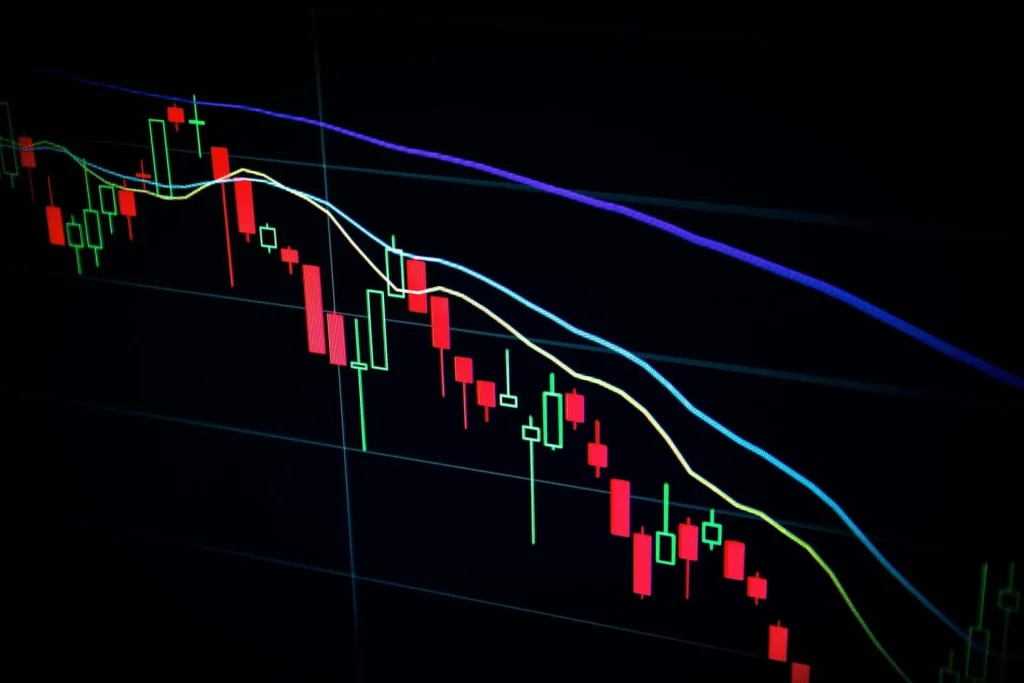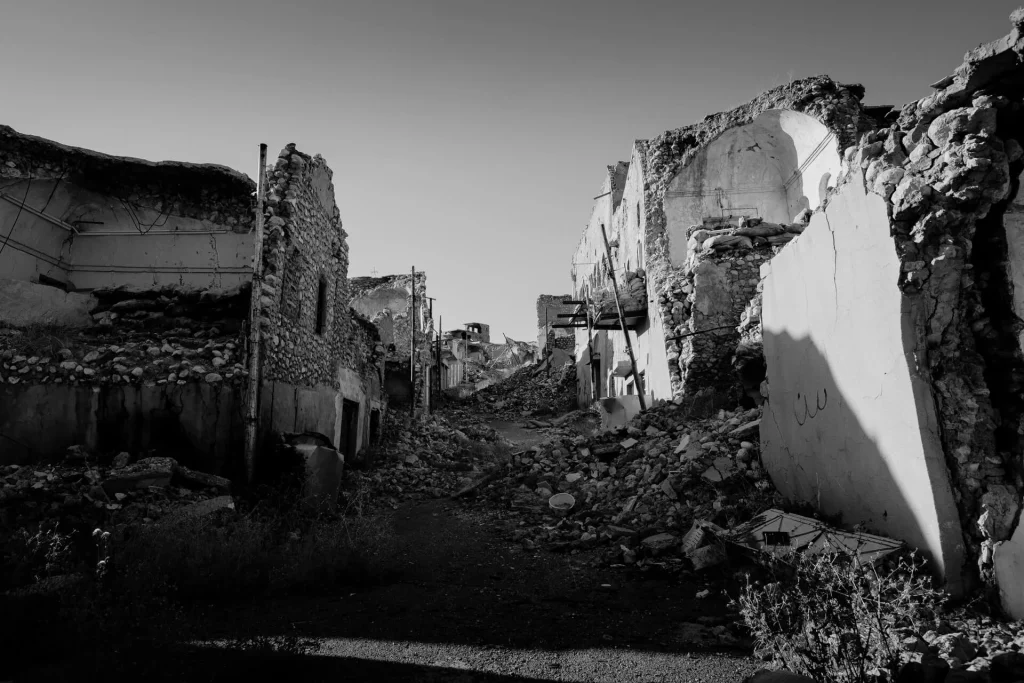Just when you thought you can relax from COVID-19 scares and focus on your improving your RFO house and lot, another conflict happens. Russia decides to invade Ukraine due to geopolitical issues. How will this affect the world’s economy? Should you be worried? Let’s find out.
How is the Russian-Ukraine Conflict Affecting the Global Economy

According to Economist Intelligence, the research and analysis division of The Economist Group, the conflict between these two countries will affect the global economy in three main channels: supply-chain disruptions, financial sanctions, and commodities prices.
Disruption in the supply chains
The US and a bunch of other countries have imposed heavy sanctions on Russia. Financial sanctions have an impact on supply chains and trade because companies will struggle in finding financial channels to trade with Russia. On top of that, the possible destruction of transport infrastructure in both Russia and Ukraine can also affect the supply chain. This will lead to difficulties in land-based routes, restrictions in air routes, and also the cancellation of sea freight routes from Ukraine.
Specifically, land-trade routes between Asia and Europe will suffer because passing through Russia will become very difficult (or even impossible). In particular, this will affect how some companies in China because they increased their traffic over land-based routes that pass through Russia.
Meanwhile, air links between Russia and Europe, and also Asia and Europe will be severely affected. This is because of the decision of EU countries to close their airspace to all Russian aircraft and cargo. On the other hand, Russia also closed its airspace to all European planes.
Finally, sea freight routes that pass through the Black Sea will be canceled because of Ukraine’s decision to shut down commercial shipping. Turkey also restricted transit through the Bosphorus. These restrictions can have adverse effects on grain shipments through Russian, Ukrainian, and quite possible Romanian and Bulgarian ports.
Higher prices of the commodities

While the global economy remains stable, the Russia-Ukraine conflict can have a serious impact on the prices of commodities. This is due to supply shortages, sanctions, and the destruction of infrastructure. Prices for oil, gas, grains, and base metals will rise.
Oil prices are expected to stay at above 100 USD/b for as long as the conflict rages. Some oil traders also began to avoid Russian oil because they were afraid of the secondary sanctions on any financial transaction with Russian companies.
Additionally, expect gas prices to rise by at least 50% this year. This is on top of the rising prices from 2021 due to the reopening of economies. Europe itself has limited gas stockpiles, and gas is extremely important for European countries during the northern hemisphere winter season.
Russia is one of the largest producers of base metals, including aluminum, nickel, palladium, and titanium. All of these materials will have price jumps and will remain at their peak as long as the conflict continues. This will affect industrial sectors, such as semiconductors and automotive, all over the world.
Meanwhile, prices of agricultural commodities, including rapeseed, wheat, maize, and barley will also increase. Ukraine and Russia together provide more than a quarter of the global wheat trade. Disruptions in trade routes will cause an increase in grains prices.
Global inflation will rise to above 6%
The high commodities prices will cause global inflation up to more than 6% possibly up to 2023. Because of this, producers won’t be able to take advantage of the higher prices of commodities. However, the economic impact will be mostly felt by Ukraine and Russia, which will both experience recessions. Countries that have direct trade with these two will take a hit from the war.
How Does This Conflict Have an Effect to the Philippine Economy: Should You Care?

From the looks of it, wars have an effect on the global economy. Hence, that includes our country. We’re pretty sure you’ve already seen the huge spikes in fuel prices. You might be tempted to increase the fees on your RFO house and lot. But before you do, here’s what you can expect to happen to our domestic economy due to the war.
Worst-case scenario?

Let’s skip to the bad news.
According to an article in Bloomberg, the Russia-Ukraine conflict will affect our country mainly through higher oil prices. The worst-case scenario is that oil prices will hit $120 to $140 per barrel, which may result in inflation that ranges between 4.4% to 4.7% this year.
For the most part, our country will mostly be indirectly affected because of the effects of the war on the global economy.
Other expected effects
In “lighter” news, according to Finance Secretary Carlos Dominguez III, our country will be able to get through the economic fallout. According to Inquirer, he said that we’ll most likely be just collateral damage since neither Ukraine nor Russia is a major trading partner of the Philippines. However, this war will affect four channels, including commodity, financial, investments, and fiscal health.
The uncertainty of the outcomes of the war will also likely reduce or hold foreign investments. This is because wars tend to cause countries to become more conservative in investing and often postpone planned investments. For this reason, the government may have to stretch the national budget to protect citizens and affected sectors.
Dominguez, however, pointed out that our country has survived conflicts in the past, such as the financial crisis in 1997, the Gulf War in 1990, and even the first Russia-Ukraine conflict in 2014.
What is the government doing?
According to the Philippine News Agency, president Duterte agreed to the recommendations of the Department of Agriculture to increase local food production. This will secure food stability in the country. Additionally, the president also approved the distribution of fuel discount vouchers for farmers and fisherfolks to address the issues of increasing fuel prices.
Meanwhile, the Department of Trade and Industry moves to accelerate the adoption of renewable energy. Congress is also set to review the Oil Deregulation Law to give the government intervention powers to intervene during a prolonged increase in oil product prices.
How Do Wars Affect Economies In General

Russia-Ukraine isn’t the first war the world has seen. You know what they say, history repeats itself. However, history can also give us insight into how we can predict the outcomes of war. This includes how wars affect economies.
A country’s GDP may fall

Wars are destructive of capital, however, their impact on GDP per capita is still unclear. According to a study published on Cato Institute, a public policy research organization, this is because when a country is at war, weapons and munitions production is counted positively, without the consideration of killing people and destroying infrastructure. Additionally, citizens are displaced, forced to leave their properties, like livestock, RFO house and lot, businesses, and more.
In this sense, war can increase GDP per capita by reducing unemployment by shifting people to wartime production.
On the other hand, war can still lower GDP per capita because of the destruction of physical and human capital, and reducing investment in new sources of capital. Moreover, when war occurs, both domestic and foreign trade confidence is affected, which reduces GDP.
Wars create growth possibilities
As convoluted as this sounds, numerous papers found that wars have long-term growth opportunities.
A 2005 research article found that an increase in war duration by 10% can lead to an increase of 2.1% in a country’s average growth rate. This implies that the longer or more severe a war is, the higher is its subsequent long-term rate in terms of economic growth.
Meanwhile, a 2020 article published in the Center for Economic and Policy Research (CEPR) suggests that spending 1% of GDP on war would approximately have the same impact on the economy as spending any other area of the economy. This is because spending on an area will lead to employment. However, this boost in demand and growth depends on how much slack a country can afford. For countries that have a lot of economic slack, like the US, spending on war (or anything else) will lead to an increase in demand and employment. Meanwhile, low-income countries can suffer a major impediment to economic development.
Now, you might be wondering, “but why is there a boost in employment? Won’t people lose their jobs because of war?” The answer is it depends on how you look at it.
From an economic standpoint, when a country spends on war, several other industries benefit from it because of demand. According to BBC, during World War One, shipbuilding, mining, and metalwork were struggling. However, industries like farming, weapons production, security, and even tech profit from it because the whole country needs these things to win a war.
In terms of unemployment, when a country is at war, a massive increase in military spending led to unemployed workers being forced to contribute to manpower to increase productive capacity.
All of these things, however, don’t mean we need war to reduce unemployment rates and to grow economies. A massive increase in spending on health care, infrastructure, education, or any other area can still offer a comparable boost in the economy.
Trade disruption in the United States and Across the World

An empirical analysis published in the Journal of Peace Economics, Peace Science and Public Policy analyzed the impact of international economic sanctions on trade. The researchers report the panel gravity estimates of bilateral trade (trade between two countries) between the US and other countries between 1960-2000.
They found that both extensive and comprehensive sanctions (which are often imposed during a war) have a significant negative impact on bilateral trade. In the study, they also found that multilateral sanctions have a large negative impact on trade flows.
Meanwhile, a 2001 study also focused on the impact of war on trade and found reasonably strong evidence that war is associated with a decline in trade in both pre-and post-war periods.
Moreover, a paper published in the Center for International Development at Harvard University found that one unit increase in the level of civil war can reduce gross domestic investment by more than 0.6% of GDP annually. They also found that civil war can affect private investment by more than three to four times as large as public investment. The researchers also suggested that a unit increase in the geographical spread of war reduces private domestic investment by 0.4% of GDP annually.
If you’re worried about your investments, like your RFO house and lot, businesses, and stocks, don’t worry. In terms of the modern stock market, Investopedia says that markets often shrug off geopolitical conflicts and stocks have endured heightened geopolitical tensions before.
Although in 2015, researchers from the Swiss Finance Institute found that during the pre-war phase of World War II, an increase in war likelihood decreases stock prices. However, the full outbreak of war leads to an increase in stock prices. Meanwhile, when a war starts as a surprise, war decreases stock prices.
However, before you take advantage of the dip, Bloomberg says to be careful. Before investors buy during the dip, they should use a selective strategy. Emphasize in up-in-quality trades that have a robust balance sheet and high cash-flow generation.
Destruction of livelihood and infrastructure

Of course, during armed conflicts, the destruction of livelihood and infrastructure is a given. This is pretty much the whole reason why citizens are forced to move and leave their belongings behind.
During the Syrian war, 50% of the basic social infrastructure was non-operational. In 2018, over 34,000 buildings were either damaged or destroyed in just one area of the country. War damages have gone so bad that it created over 20 million tons of rubble in just two areas (Aleppo and Homs). Overall, a third of Syrian homes were either damaged or destroyed. The UN estimated that the cost of material destruction is at 120 billion USD in 2018.
In the Philippines, the Official Gazette says that Manila was destroyed during World War II. 70% percent of utilities, 100% of the business district, 80% of the southern residential district, and 75% of factories were destroyed.
When infrastructures and livelihood are destroyed, production is disrupted. This stunts development, which then causes an economic deficit, which then causes low standards of living.
According to the Amity Journal of Economics, war is one of the biggest causes of numerous consequences on people’s livelihood, education, health, and even moral standing. The study found that the destruction of economic infrastructure affects salaries, health and safety, wages, productivity, industrial relations, and other employee performances. This is considering the citizens that had the opportunity of working during the war.
Related Blog: 2022 Philippine Economic Outlook


